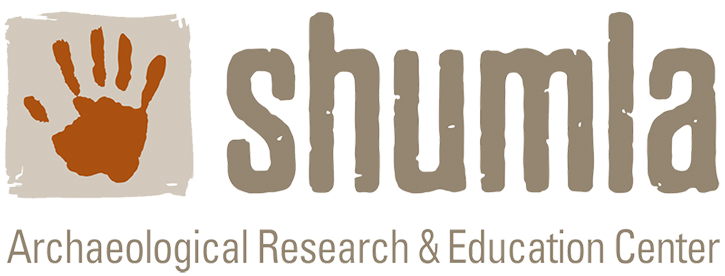Processing and Organizing the Data
Processing and Organizing the Data
by Phil Dering and Carolyn Boyd
Before you begin, be sure to read The Hearthstone/National Endowment for the Humanities Interviews blog post.
The contrast between field work and lab work is often striking, and our experience in Mexico is no exception. We left the spontaneous and unpredictable fieldwork conducted in the wide-open spaces of the sierras to begin our deliberate and meticulous lab work, stuck in front of a computer for hours on end.
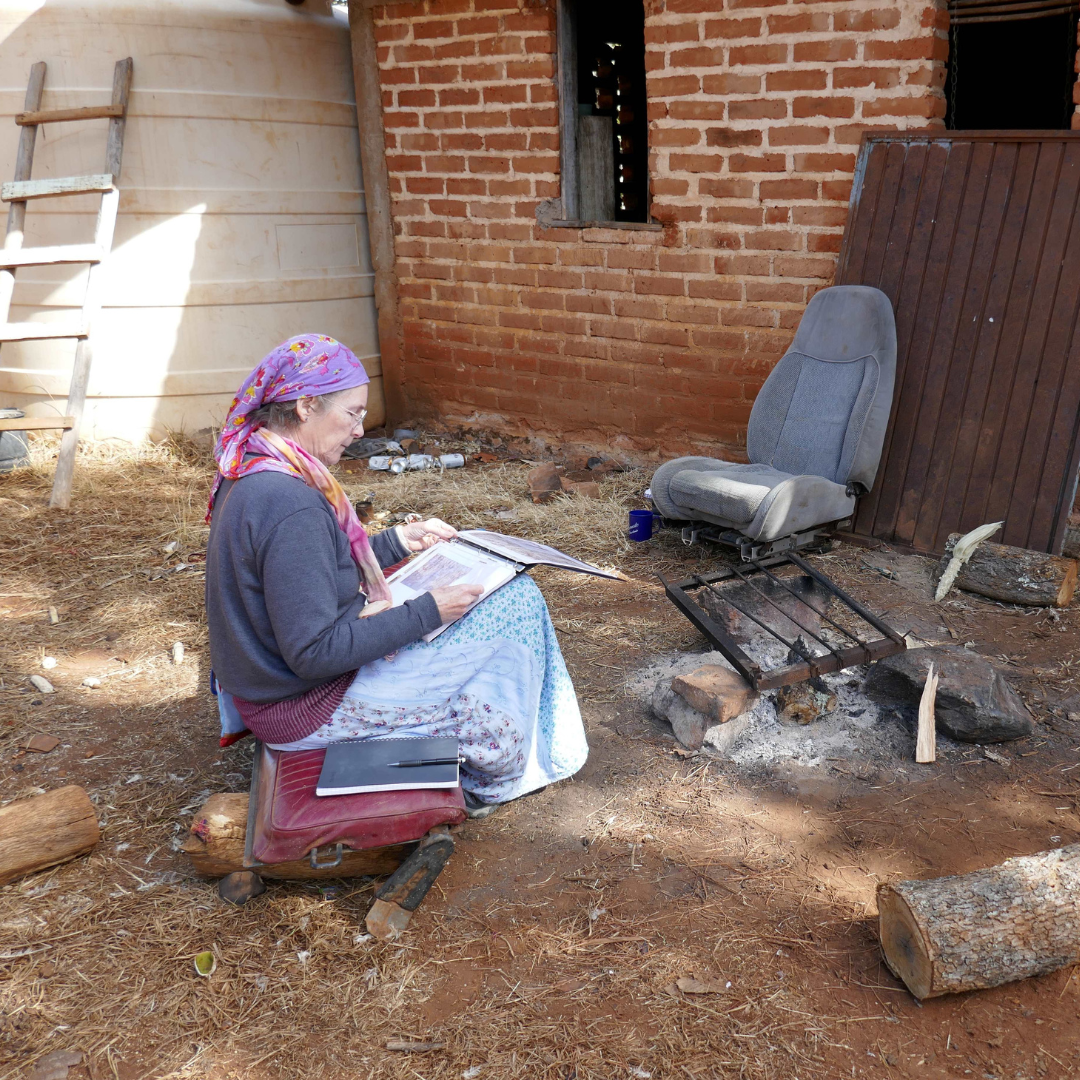
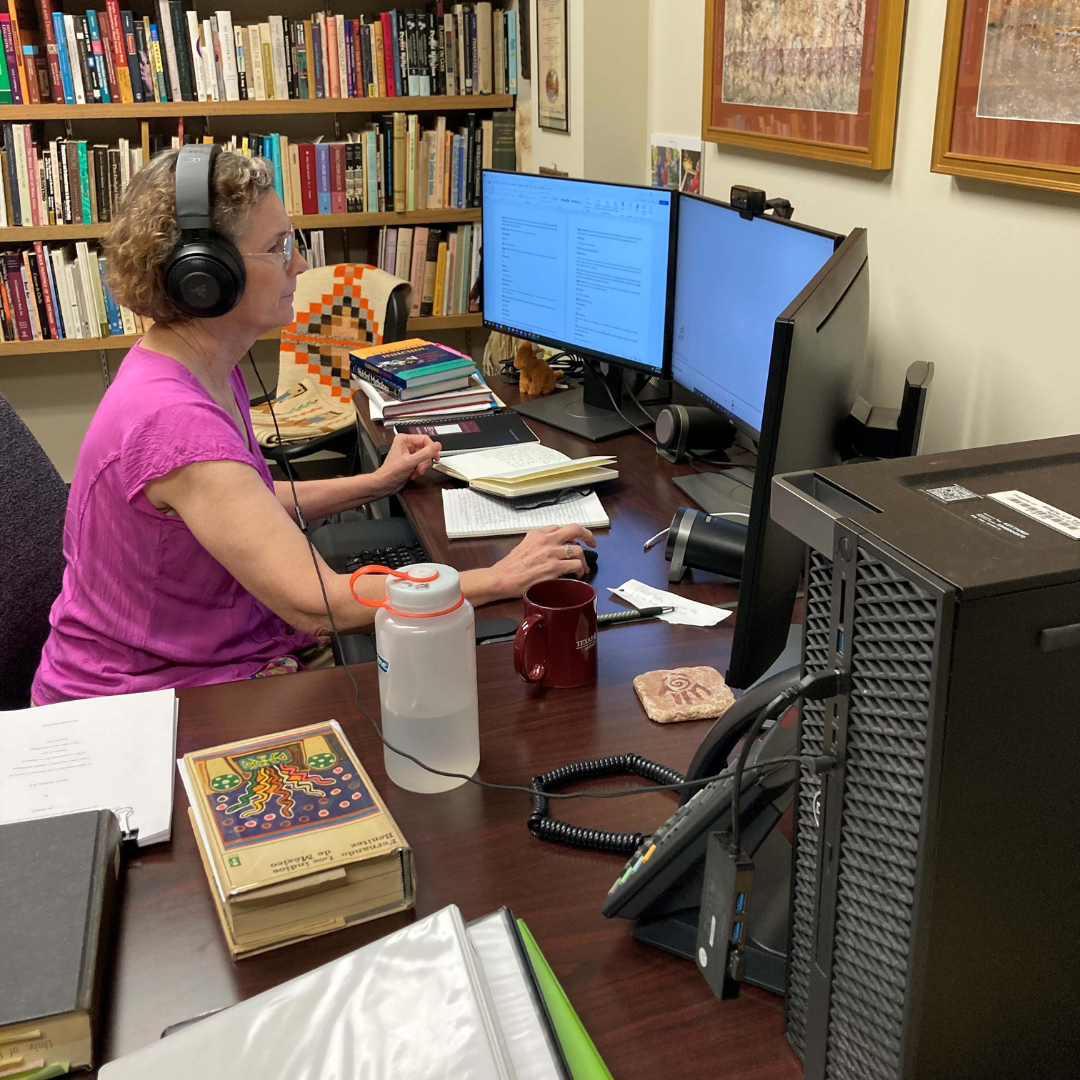
Figure 1. Carolyn’s office in San Andrés (left) and at Texas State University (right).
Carolyn worked with Dr. Diana Radillo Rolón, Senior Preservation Archaeologist at Shumla, and Paul Shottmueller (PhD student) in the Department of Anthropology at Texas State University, to transcribe, translate, and analyze the seven hours of audio recorded interviews. Carolyn began by transcribing her field notes and creating a master document for each interview. Diana then populated the documents with transcriptions of the Spanish dialogue, including a time stamp from the audio recording for each entry.
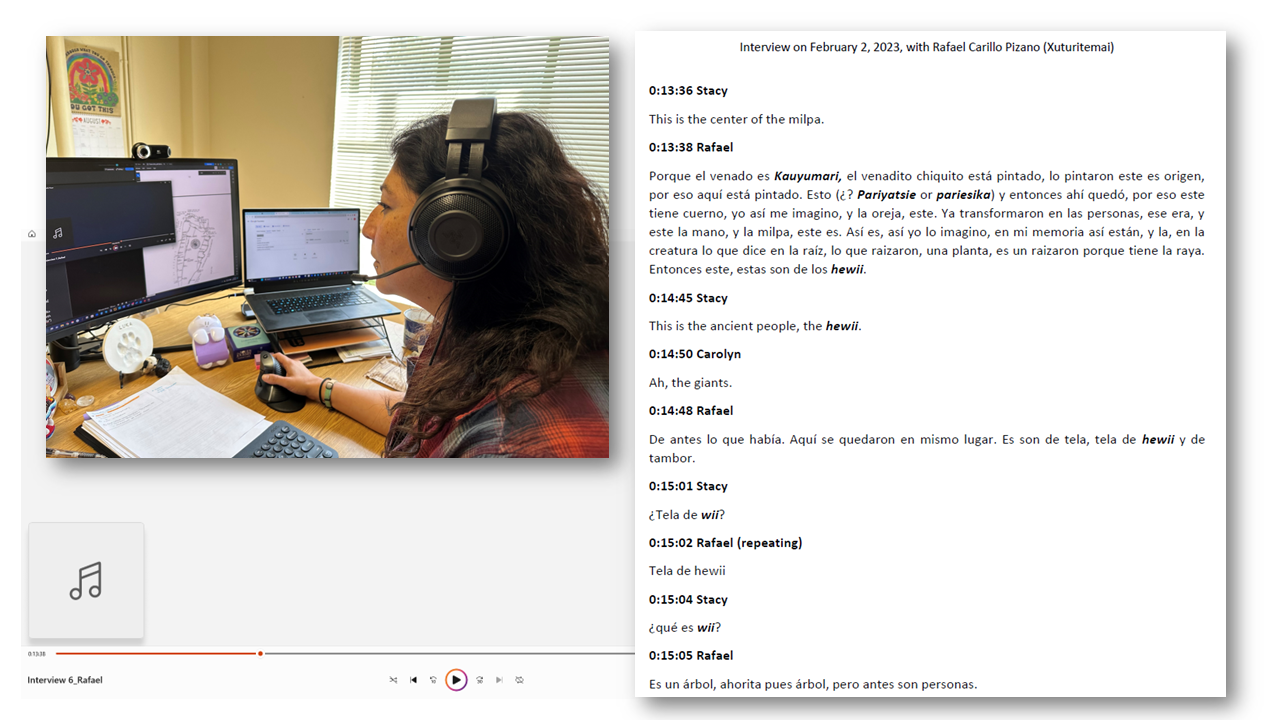
Figure 2. Dr. Diana Radillo Rolón transcribed the interviews in her Shumla office.
The long and arduous process of transcribing demanded Diana’s full attention as she listened and relistened to the interviews, often replaying the same section of audio dozens of times. Transcription was made even more challenging because Spanish was not the first language of anyone involved in the interview, not to mention frequent interruptions in the audio from squawking chickens and snorting pigs.
After Diana completed her transcriptions, Paul and Carolyn began translating the Spanish into English (note: they were unable to translate the chicken and pig dialogue). This required listening to the audio yet again to double and triple check the transcriptions and to document the speaker’s intonation. In other words, we record not just what they said, but how they said it. Sometimes the interviewee spoke with deep emotion, sometimes with confidence, sometimes hesitantly, and sometimes jokingly. Carolyn also documented non-verbal information, such as what the interviewee was pointing to when talking, as well as gestures, facial expressions, and distractions affecting the interview. The first draft of the interviews took the trio several months to complete.
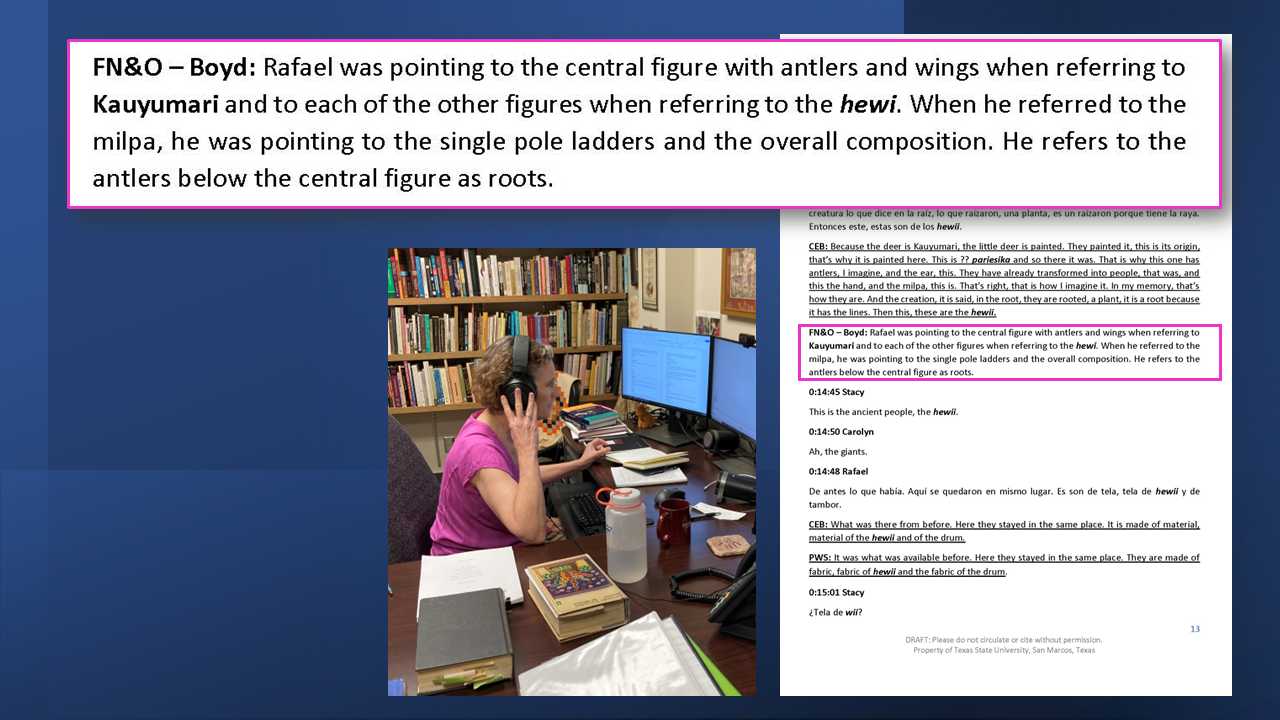
Figure 3. After Diana finished transcribing the audio recordings, Carolyn inserted her field notes and observations into the master document.
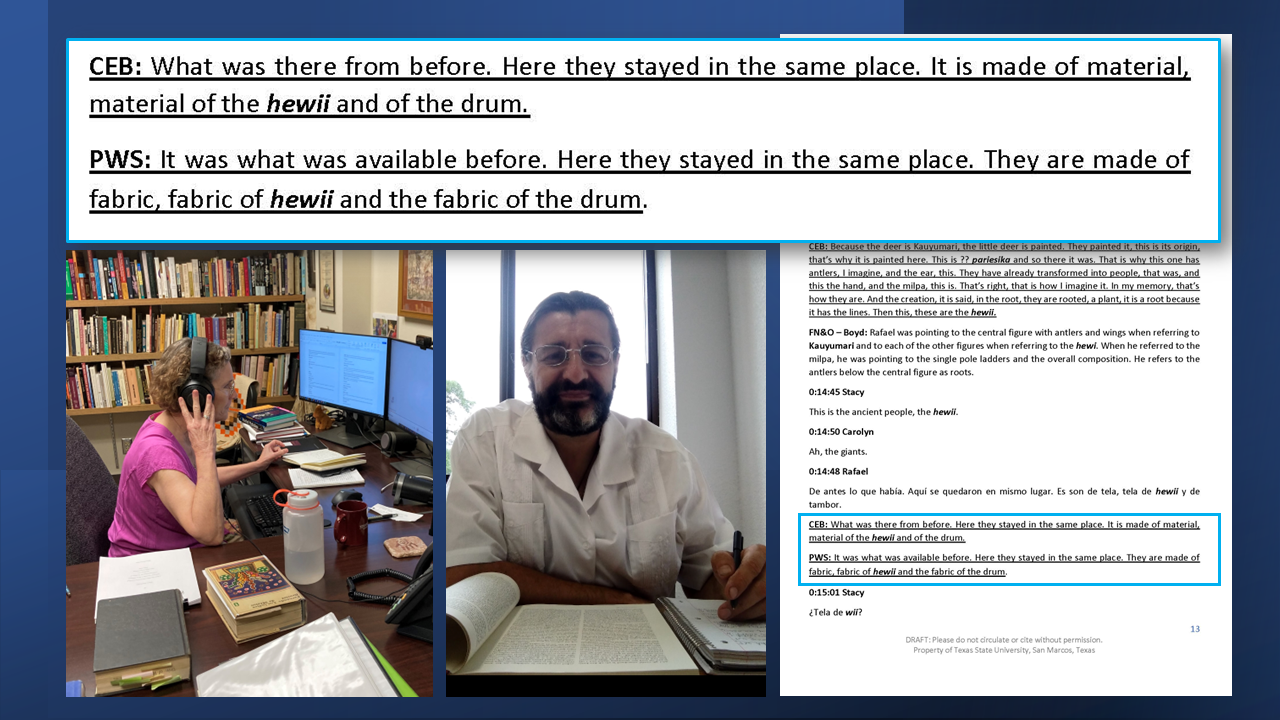
Figure 4. Paul Schottmueller joined the project to help with translations and analysis of the interviews. Paul is an iconographer and has a lifetime of experience working with Indigenous communities.
As we mentioned in previous blogs, we recorded a lot of dialogue that was in the Huichol (Wixáritari) language. The elders often used terms or names from their own language when relating their cosmology to Pecos River style rock art. Because of this, we found it immensely helpful to comb through Huichol ethnographies and glossaries to translate and contextualize what the elders were saying. We were especially fortunate to find a dissertation written by Mariana Fresán Jiménez about the life of Xuturitemai, Rafael Carrillo, our final interviewee. In this manuscript, Fresán documented many of the same sacred stories Rafael referred to when he was providing insights into the rock art murals.
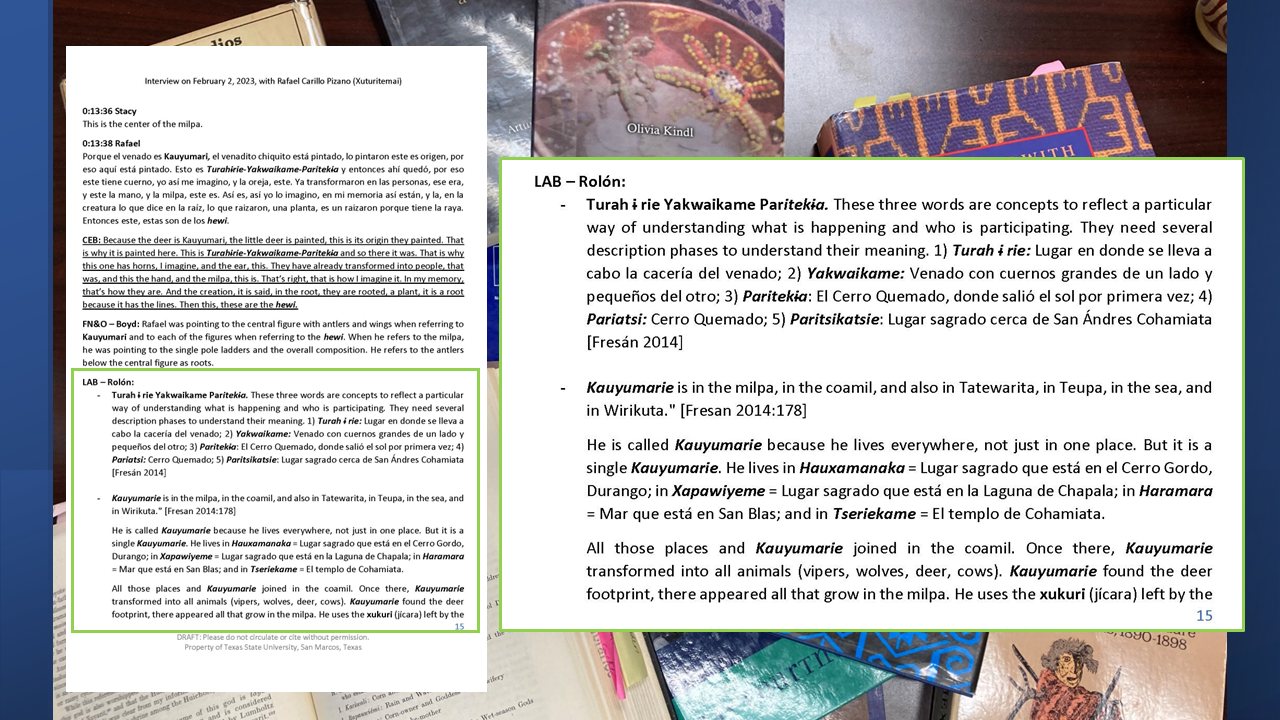
Figure 5. To contextualize and broaden our understanding of the interviews, the team inserted information gleaned from an ongoing literature review into the manuscript as lab notes.
Months after returning from the Mexico, while working on the translations and literature reviews, Carolyn received an unexpected surprise. Matsuwa, the shaman who visited the White Shaman site with her in 2010, was in Austin and wanted to meet with her. Matsuwa is from a different community east of San Andrés. Like Rafael, Matsuwa is a powerful marakame and the keeper of knowledge for his community. Carolyn and Diana met with him in Austin on May 18th, 2023, along with Coahuiltecan elder Masauki Celso Zepeda, who is a dear friend well-versed in Huichol ritual and myth. They showed Matsuwa and Masauki the same rock art scrolls that Carolyn and Dr. Stacy Schaefer had shared with the elders in San Andres. For three hours they discussed the imagery and related it to Huichol cosmology. This wealth of information was added as the eighth interview for the project.
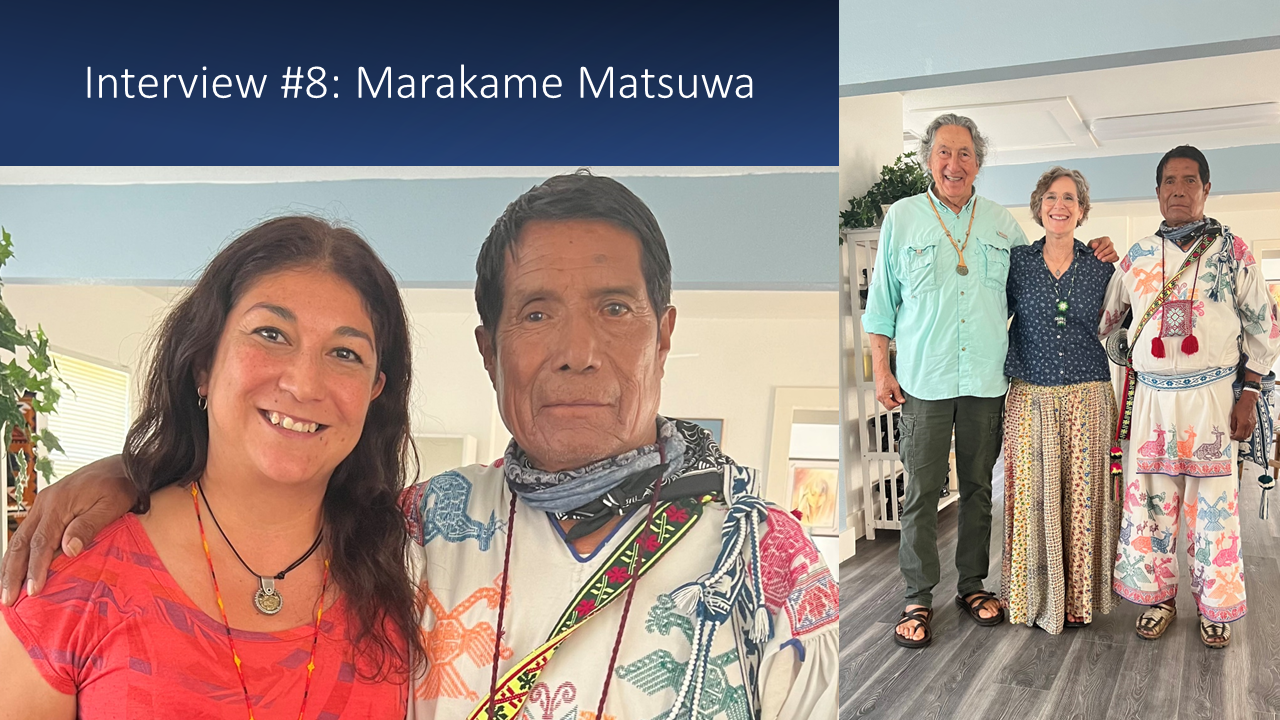
Figure 6. Diana and Matsuwa; Masauki, Carolyn, and Matsuwa (left to right).
After translations were complete, the team began analyzing the data. Carolyn set up a spreadsheet that cross references Pecos River style rock art motifs with the transcriptions, translations, and annotations. This is a living document, which continues to grow exponentially as new information becomes available.

Figure 7. Snippet from the spreadsheet. Rock art motifs are cross-referenced with interviewees and their observations.

Figure 8. For each entry, Carolyn included the time stamp from the recording. This document allows us to compare transcriptions and translations, and quickly access the audio source.
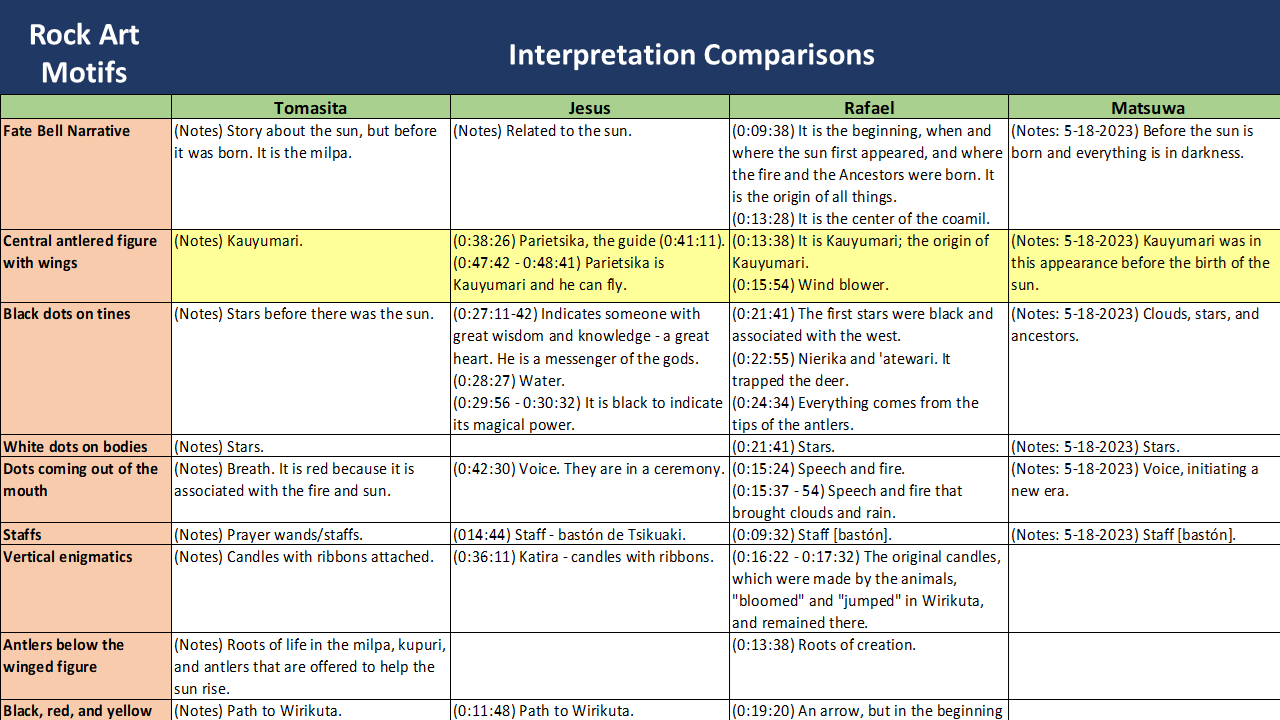
Figure 9. The spreadsheet allows the team to quickly cross-reference all observations of a particular PRS motif. In this example, we see four observations of the central winged figure in the Fate Bell mural. These four shaman elders independently identified the figure as the sacred deer god and creator deity, Kauyumari.
With the data organized and cross-referenced by rock art motif, interviewee, and timestamp on the audio recording, Carolyn and Diana can quickly access this newly gained knowledge to provide greaterunderstanding of Pecos River style murals. We have also answered one of the most intriguing research questions in our National Endowment for the Humanities research proposal:
Are motifs in PRS murals produced by foragers thousands of years ago recognizable to living indigenous peoples today? The answer is simply – yes.
Please stay in touch for the publication of our findings. Because blogs posted on the internet are considered publications, we cannot post details of our findings until we have presented this information in peer-reviewed journals. Stay tuned!
